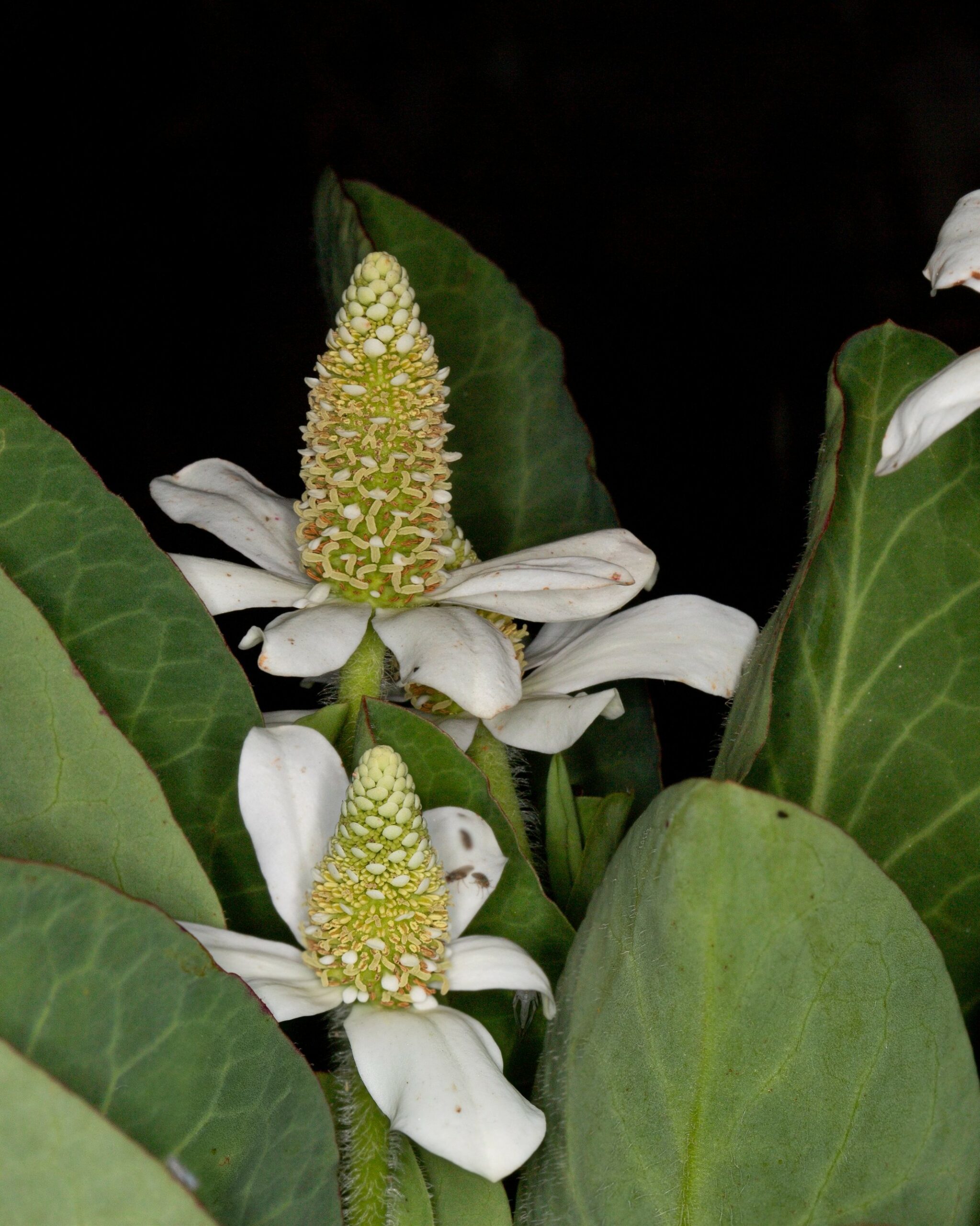This perennial herb’s fragrant rootstock, rhizome, and leaves, scientifically known as Anemopsis Californica, have been used as a poultice to heal abrasions, cuts, and burns. It has also been used in traditional medicine to treat athlete’s foot, yeast infections, gastrointestinal upsets, and rheumatoid arthritis. The plant boasts antimicrobial, antifungal, diuretic, and anti-inflammatory properties, opening up its potential for use in different medicinal treatments.
Yerba mansa grows well in wet soil and is a vigorous spreader as a plant, making it perfect for ponds, bog gardens, and damp, shaded areas. View more information about this herb by visiting the official website of the Lady Bird Johnson Wildflower Center of the University of Texas at Austin and Wikipedia or reading 127 Wild Medicinal Plants of the Southwestern U.S. by Gina Hoffman (2023).

